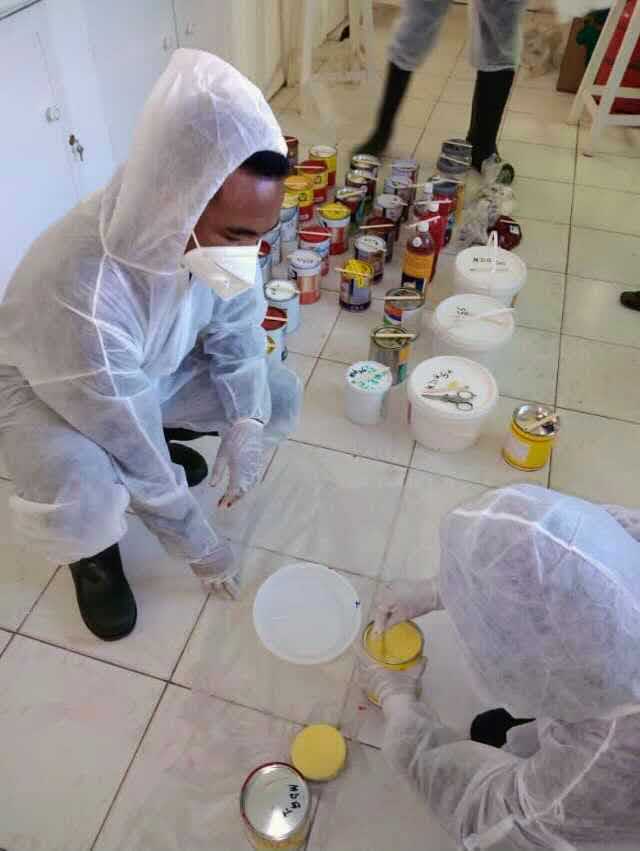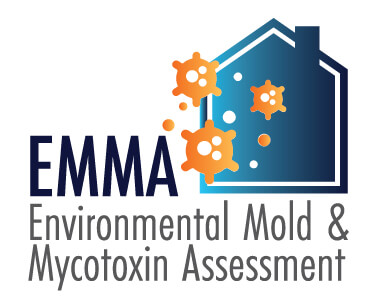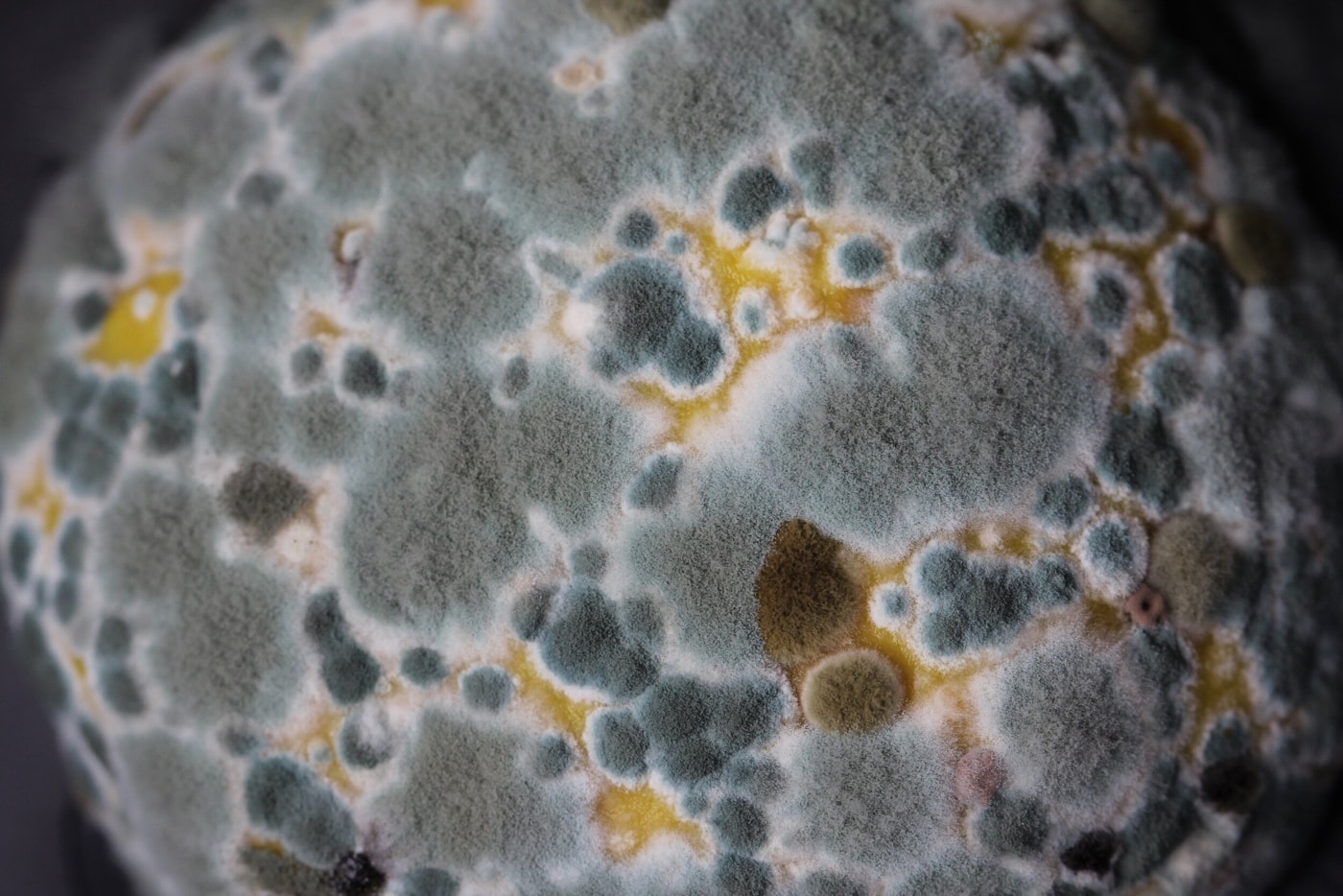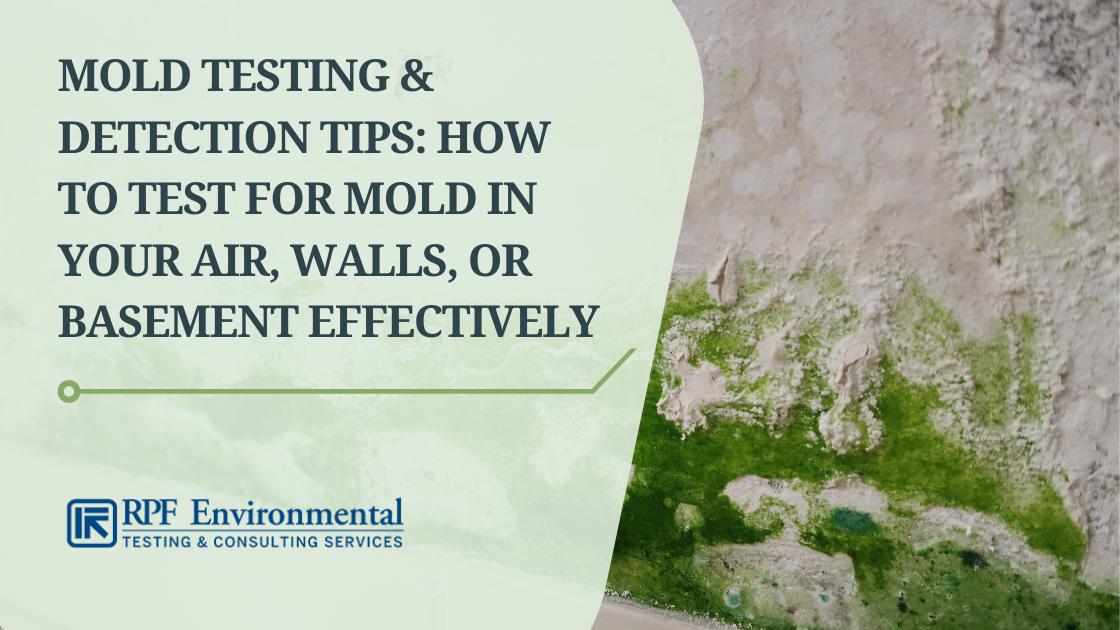The Function of Mycotoxin testing Services in Food and Feed Safety
The Function of Mycotoxin testing Services in Food and Feed Safety
Blog Article
Why Mycotoxin Testing Services Are Vital for Protecting Public Health
The importance of mycotoxin testing services in securing public health can not be overemphasized. Mycotoxins, toxic substances created by fungi, present severe health and wellness risks such as liver damages and cancer when present in food and feed.
Comprehending Mycotoxins
Comprehending mycotoxins is vital for making sure food security and protecting public wellness. Mycotoxins are harmful substances created by particular kinds of fungi, generally discovered in food and feed plants. These fungi can proliferate in a range of conditions, particularly in cozy and damp atmospheres, leading to contamination during pre-harvest, storage, or processing stages. The most widespread mycotoxins consist of aflatoxins, ochratoxin A, fumonisins, and trichothecenes, each with unique chemical frameworks and toxicological homes.
The presence of mycotoxins in foods can endanger their safety and security and quality. They are immune to conventional food processing techniques, therefore continuing in the food supply chain and positioning prospective risks. Governing bodies worldwide, such as the Food and Agriculture Company (FAO) and the World Health Organization (THAT), have actually established rigorous limits on acceptable degrees of mycotoxins in food products to minimize their negative effects.
Reliable mycotoxin monitoring involves thorough surveillance and testing to detect and measure their levels in farming products. This proactive technique assists in determining contaminated batches early, thus avoiding their introduction right into the marketplace. Carrying out rigid mycotoxin controls is crucial for preserving food safety requirements and securing customer health and wellness.
Health Risks of Mycotoxins

Direct exposure to mycotoxins postures significant wellness dangers to both animals and people, necessitating attentive surveillance and control procedures. These hazardous second metabolites, created by certain fungis, can infect food and feed, bring about acute and chronic wellness problems. In people, mycotoxins such as aflatoxins, fumonisins, and ochratoxins can create a variety of negative results, including liver damage, kidney toxicity, immune reductions, and even cancer causing effects. For example, aflatoxins have been classified as Team 1 carcinogens by the International Firm for Research Study on Cancer Cells (IARC), indicating a tested web link to liver cancer cells.

Provided these severe wellness consequences, it is vital to implement robust mycotoxin screening protocols. Exact detection and metrology of mycotoxins in food and feed are vital to mitigate health and wellness threats and guarantee animal and public safety.
Usual Sources of Contamination

In enhancement to cereals, nuts such as peanuts, almonds, and pistachios are very susceptible to mycotoxin contamination. Aflatoxins, check my site a potent form of mycotoxin, are typically found in these nuts, especially when storage space conditions are suboptimal. Dried out fruits, including figs, apricots, and raisins, also existing abundant premises for fungal growth due to their high sugar web content and moisture-retaining properties.
Additionally, contamination is not limited to raw agricultural products. Refined foods, animal feeds, and milk products can likewise consist of mycotoxins if the preliminary ingredients were infected. This extends the risk of exposure throughout the food supply chain, necessitating stringent monitoring and control actions.
Understanding the typical sources of mycotoxin contamination is critical for implementing reliable preventative methods. Alleviating these threats at the resource can significantly minimize the occurrence of mycotoxin-related health issues, protecting public health and wellness.
Checking Approaches and Methods
Advanced analytical strategies are utilized to identify and evaluate mycotoxins in numerous substrates, ensuring public health safety and security. High-Performance Liquid Chromatography (HPLC) coupled with mass spectrometry (MS) is a gold criterion in mycotoxin testing, providing high level of sensitivity and specificity.
An additional commonly made use of technique is Enzyme-Linked Immunosorbent Assay (ELISA), which supplies quick screening and is cost-effective for big sample volumes - Mycotoxin testing Services. ELISA packages are useful because of their simplicity of usage and quick turn-around time, making them suitable for on-site testing
Sampling methods are similarly crucial. Correct sampling ensures that the gathered specimens are representative of the whole batch, therefore reducing the threat of false downsides or positives. Adherence to established standards, such as those offered by the International Company for Standardization (ISO) and the European Committee for Standardization (CEN), is necessary for maintaining uniformity and reliability across screening practices.
Rigorous recognition of these procedures and approaches is important. It makes certain reproducibility and precision, thereby fortifying the integrity of mycotoxin administration systems.

Advantages of Routine Testing
In the world of food security and agricultural see this page quality control, the benefits of normal mycotoxin screening can not be overemphasized. Consistent testing makes sure that agricultural products satisfy safety standards, consequently securing link customers from the damaging effects of mycotoxins, that include liver damages, immune reductions, and even cancer. By recognizing infected sets early, routine testing enables timely intervention, protecting against such items from getting in the food cycle.
Furthermore, normal mycotoxin testing is crucial for maintaining the honesty and track record of food manufacturers and providers. Firms that commit to regular screening show their dedication to public health and wellness and food safety and security, thus getting consumer count on and commitment. This aggressive approach can likewise alleviate monetary losses connected with product recalls, legal responsibilities, and possible profession restrictions.
Regular mycotoxin screening makes certain adherence to international and nationwide standards, promoting smooth profession operations and market access. Ultimately, normal mycotoxin testing not only shields public wellness however likewise fortifies the financial security and worldwide competitiveness of the agricultural sector.
Verdict
Mycotoxin screening services play an essential role in public wellness security by identifying and alleviating the threats presented by harmful fungal compounds in food and feed. By spotting contamination early, these solutions stop major wellness problems such as liver damage and cancer cells, making certain conformity with regulatory criteria. Regular screening enhances consumer trust, supports the honesty of the agricultural field, and eventually adds to the securing of food safety and public health.
The significance of mycotoxin testing solutions in protecting public wellness can not be overemphasized.Recognizing mycotoxins is vital for ensuring food security and safeguarding public wellness. Mycotoxin testing Services. Regulatory bodies worldwide, such as the Food and Agriculture Company (FAO) and the World Health And Wellness Company (THAT), have set rigorous restrictions on acceptable degrees of mycotoxins in food items to mitigate their adverse effects
Inevitably, normal mycotoxin testing not only secures public health however additionally fortifies the financial stability and international competitiveness of the farming market.
Mycotoxin screening solutions play a critical role in public health and wellness security by recognizing and mitigating the threats positioned by poisonous fungal substances in food and feed.
Report this page